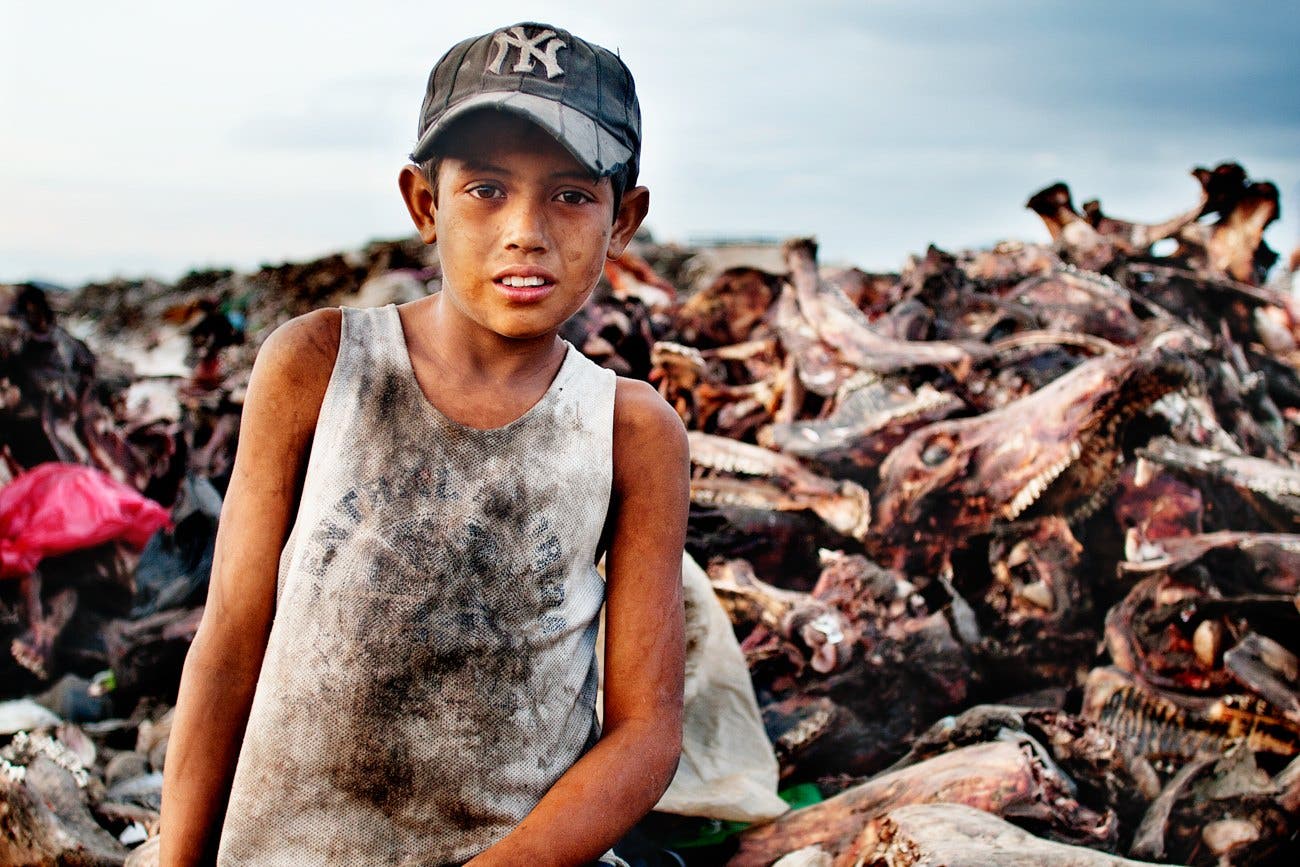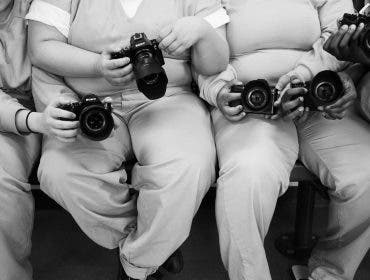A trending GoFundMe campaign started by photographer Brian Nevins has raised more than $13k to pay for the tuition of children growing up in extreme poverty in Nicaragua. The campaign was inspired by Nevin’s chance meeting more than 8 years ago with a 5-year-old girl named Wendy, who is a resident of La Chureca, a massive unregulated trash dump where thousands of impoverished families live in makeshift homes made from salvaged garbage. Adorama had a chance to speak with Nevins about how this campaign came about and how photography has helped him to help others.
Adorama: Tell us a little bit about your photography work and how you ended up in Nicaragua using your camera for social change.
BN: “I’ve shot a few adventure sports over my career, but especially surfing since the beginning. I’ve had pockets of opportunity to use both photography and a few of those sports over time to shine light on global issues that became meaningful to me as I experienced them on the road. From malaria relief efforts in Indonesia to rebuilding efforts in Sri Lanka after the tsunami, and AIDS relief programs in Africa, the locations I traveled to for shooting seemed to run hand in hand with some great causes to get behind. I always worked with a great group of athletes who were also inspired to usher in change when appropriate. It was through a few of them that I was introduced to a guy named Brad Corrigan who was at the start-up phase of operations down in Nicaragua. They asked me to join them on a trip to La Chureca, a community of about a thousand people living in the city dump of Managua, only a short 2-hour drive from the beautiful beaches we surfed at. Needless to say, it stole my heart and have never been the same since. Travel opens the heart and mind to so many things, but it comes with a responsibility in my eyes to be a part of change once you truly understand the world outside of a comfortable bubble.”
Adorama: How can other photographers traveling to third world countries take actions to see that they do more than just ‘take’ photographs of a community or people, but also ‘give’ back?
BN: “It’s a hard question to answer honestly. Most photojournalists don’t get involved on a personal level as it interferes with the truth at hand. It’s a hard pill to swallow hearing that, but it’s how so many operate. I think myself and many others who do want to be involved have to take a step back and ask if we are there to shoot an account of a situation, or make change ourselves. It’s a hard line to do both. Personally, I needed to be involved, the world is truly a global family and all of us are in this together. When I became aware of the situation these families were in I couldn’t turn away from wanting to help. Obviously I’ve photographed their story for about 9 years now, and because of those images, I know change has been made in outsiders’ minds of how they perceive poverty, in funding efforts for the NGOs working on the ground there in Managua and recently creating an education fund through print sales efforts. Most of my time down there, however, is spent holding hands with kids, fixing plumbing, school projects and cooking dinner for my now extended family. It’s a sincere and serious personal immersion I couldn’t be more grateful for. The best part of being a photographer is getting to know the world most don’t see, but if you fail to get out from behind the lens you miss the best incentive of the craft. Giving back is being present so much of the time, just being a part of peoples’ lives and making the changes you can when the time comes.”
Adorama: You’ve taken beautiful portraits of the family and Wendy. How did they react to see themselves on camera and how did that make you feel as a photographer?
BN: “It’s been an entertaining process that makes me laugh and cringe equally. My first photos of Wendy are when she was about 5 years old I think, so the majority of the storyline with her in the beginning years show how much of a ham she was in front of the lens. Now that she’s 14 and way too cool for school I feel like a dad begging for a family photo. She’s so beautiful and grown up now, it’s truly amazing. The reactions are no different than the reactions I receive from family photos at home. It’s likely in part because I’m there for more than photos. We’ve done so much over the years with images it’s become normal to them. When Wendy was 7 or 8 I gave her my gear for the day and she compiled a day in the life through her eyes. She’s actually quite the photographer. Last year we did family portraits of each household in the neighborhood and made them a print so they could have an official family moment to remember the good times. It’s been a long and amazing journey to say the least.”
Adorama: How has your work with Wendy and her family changed the tone of your future work?
BN: “Well, it’s affected my entire life in ways I still stumble upon daily. I think the tone was set the first day I set foot in that dump. I think I mostly understand that being a part of real change in an environment like that is to be committed for the long haul. It just doesn’t happen overnight and there’s been a lot of failures along the way. Working on projects like this take a lot of patience and a lot of listening. Outside of photographing for cause though, it certainly puts the bigger picture into perspective. What do I want to spend my life putting time into? That doesn’t necessarily mean working on charitable causes all year but I definitely want to be doing things that better the world around me. What caught me off guard was how much being around the families down in Nicaragua actually shaped my life and gave back to me. I learned that community and family isn’t dictated by material and wealth isn’t amounted in dollars but in time shared with one another. When a family who is starving and walks barefoot through burning trash offers you a meal and a mattress to sleep on, there’s a moment your world comes crumbling down and you realize you may have been missing the bigger picture.”
Adorama: How can readers help with your cause?
BN: “It’s always great to see people jump over to lovelightandmelody.org and get some more information. You can donate, spread the word or get involved yourself. Drop them a line and offer your time! Beyond that though, my greatest goal is to get people to understand how easy and amazingly fulfilling it is to do this. You just have to hear the voice inside that wants to see a change and do something about it. If it’s poverty, walk into a soup kitchen and volunteer today. If it’s inequality, start at womens’ shelter and volunteer today. Pictures come with time, trust and patience but change starts immediately when you give your time. Giving time is the easiest thing to do in your life and the amount it gives to someone who may need it is immeasurable. There aren’t others who will make the change, it’s you that does it. It’s simply a matter of how long will you wait to be that change.”
Do you know a photographer using their camera for social change? Tell us in the comments below!
















